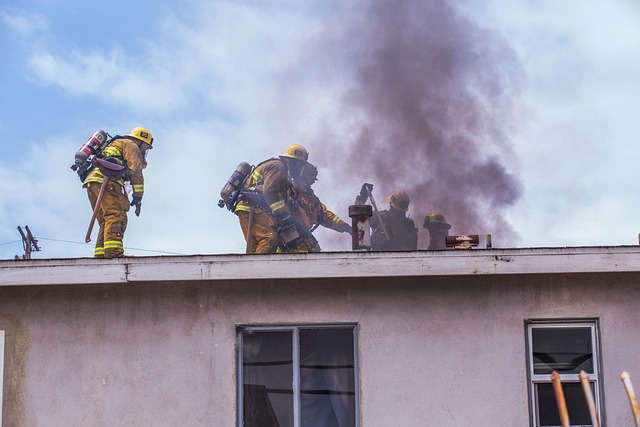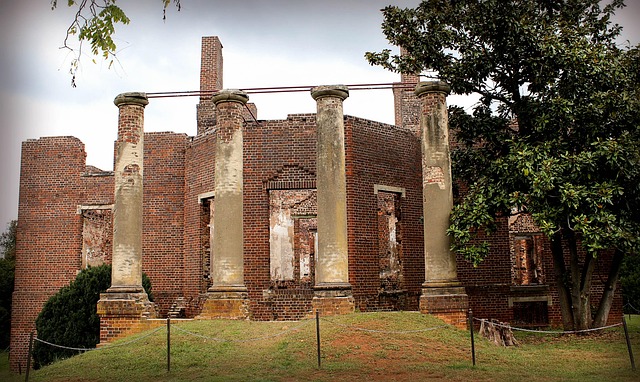California's competitive housing market, fueled by a desirable lifestyle and strong economy, faces challenges due to rapid price growth, particularly in urban areas where median home prices exceed national averages. Natural disasters like wildfires add complexity, as reconstruction involves navigating stringent building codes and safety regulations. Selling a fire-damaged house requires thorough damage assessment, professional inspections, accurate documentation, and positive marketing strategies focusing on structural integrity and transformation potential to attract buyers and overcome market competitiveness.
“Uncovering the complexities of California’s housing market, this article offers valuable insights into two key aspects. First, we explore the trends and challenges shaping the state’s real estate landscape, from rising costs to unique regional dynamics. Then, we delve into a specialized scenario—selling a fire-damaged house in California—presenting strategies for homeowners facing this unique challenge. With a focus on practical solutions, this guide equips readers with knowledge to navigate California’s housing market effectively.”
- Understanding the California Housing Market: Trends and Challenges
- Selling a Fire-Damaged House in California: Strategies for Success
Understanding the California Housing Market: Trends and Challenges

The California housing market, known for its dynamism and diversity, presents both opportunities and challenges. In recent years, one distinct trend has been the increasing demand for residential properties, pushing prices to record highs across many regions. This surge in demand is attributed to various factors, including the state’s attractive lifestyle, robust economy, and diverse job sectors. However, this growth also exacerbates existing housing affordability issues, especially in urban centers like Los Angeles and San Francisco, where median home prices far exceed the national average.
Another unique aspect of California’s real estate landscape is the impact of natural disasters, such as wildfires, on property values. Selling fire-damaged houses in California can be a complex process due to strict building codes and safety regulations designed to protect residents. While these measures are essential for community safety, they may also lead to higher reconstruction costs for homeowners, potentially affecting market competitiveness. Understanding these trends and challenges is crucial for both buyers and sellers navigating the intricate dynamics of California’s housing market.
Selling a Fire-Damaged House in California: Strategies for Success

Selling a fire-damaged home in California can be challenging, but with the right strategies, it’s possible to navigate this unique market successfully. The first step is to assess the damage thoroughly and understand the scope of repairs required. A comprehensive inspection by professionals is key to determining the feasibility of renovation versus reconstruction. This is where potential buyers will want to see detailed reports, so having accurate and up-to-date documentation ready can significantly enhance your chances of attracting interest.
Once you’ve established the extent of the damage, consider focusing on the positive aspects of the property. Highlight any structural integrity left intact and emphasize the potential for a stunning transformation. Many buyers are attracted to the idea of restoring a home to its former glory or even creating something new entirely. Effective marketing that showcases before-and-after possibilities can be a powerful tool in selling a fire-damaged house in California.
The California housing market presents unique challenges, particularly when it comes to selling fire-damaged properties. However, with the right strategies, homeowners can navigate these complexities successfully. By understanding market trends, preparing thoroughly, and leveraging professional support, selling a fire-damaged house in California becomes more feasible. Remember that transparency, thorough repairs, and a competitive price are key to attracting buyers, ensuring a smoother process for all involved.






